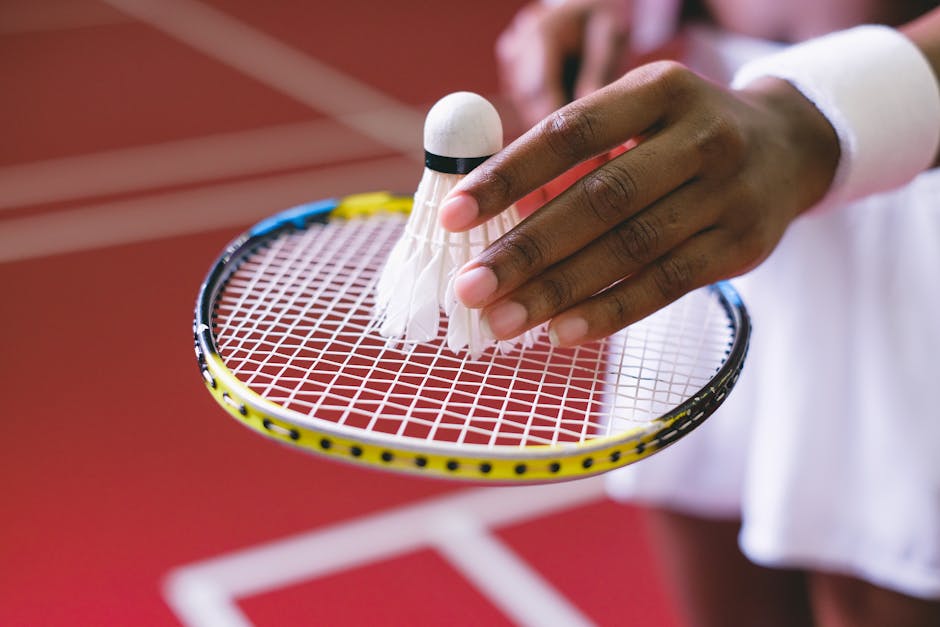Badminton, a fast-paced and exciting sport, requires the right equipment to truly excel. At the heart of this equipment is the badminton racket, a tool that can significantly impact your game. Choosing the right racket can be the difference between a powerful smash and a weak return, influencing your overall performance on the court. This guide will delve into the essential aspects of badminton rackets, helping you make an informed decision when selecting your perfect match.
A crucial factor to consider is the racket's weight. Lighter rackets offer greater maneuverability, allowing for quicker reactions and faster swings. This is particularly beneficial for doubles players who need to react swiftly at the net. Heavier rackets, on the other hand, provide more power and stability, making them suitable for singles players who prioritize powerful smashes and clears. Finding the right balance between weight and maneuverability is key to optimizing your playing style.
The balance point of a racket also plays a significant role in its performance. A head-heavy racket generates more power, while a head-light racket offers greater control and maneuverability. An even balance provides a compromise between power and control, making it a versatile option for all-around players. Consider your playing style and preferences when choosing a racket's balance point.
Another important aspect is the racket's stiffness. A stiff shaft offers more power and control, especially for advanced players with strong strokes. However, it can be less forgiving for beginners. A flexible shaft, on the other hand, provides more power for players with less developed strokes, making it a good choice for beginners. It also offers better shock absorption, reducing strain on the wrist and arm.
Grip size is another crucial factor that affects comfort and control. A grip that is too small can lead to wrist strain and loss of control, while a grip that is too large can hinder quick wrist movements. It's essential to choose a grip size that feels comfortable and secure in your hand, allowing for optimal control and maneuverability.
String tension also influences the racket's performance. Higher tension provides more control and precision, while lower tension offers more power. The ideal string tension depends on your playing style and skill level. Experimenting with different tensions can help you find the sweet spot that maximizes your performance.
The material of the racket frame also plays a role in its performance and durability. Aluminum rackets are generally more affordable and durable, making them a good choice for beginners. Graphite rackets are lighter and offer better performance, but they can be more expensive. Consider your budget and playing level when choosing the material of your racket frame.
Choosing the right badminton racket is a personal journey. By understanding the different factors that contribute to a racket's performance, you can find the perfect match for your playing style and skill level. Take the time to research and experiment with different rackets to discover the one that empowers you to reach your full potential on the court.
